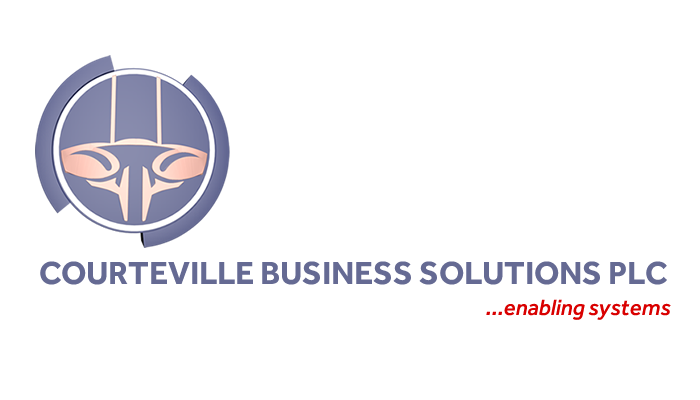Leaders should consider the following as they envision the reinvented workplace:
Enabling flexibility in usage. The pandemic has underscored the importance of organizational nimbleness, and organizations can design physical workplaces to support it. Office furniture manufacturer Steelcase is now developing product lines designed for on-the-fly adaptation, according to Sara Armbruster, the company’s vice president of strategy, research, and digital transformation. Different office configurations could be employed depending on whether a group is brainstorming, hosting a workshop, or conducting a daily stand-up meeting.
However, managers will need to be mindful of employee preferences as they rethink how a space is configured. Janet Pogue McLaurin of architecture and design company Gensler told us that 61% of U.S. employees still want a dedicated desk in the workplace, even if it means they need to come to the office more often. This number may change as the pandemic wanes, but managers might consider ways to create a sense of employee ownership of personal space amid this flexibility or to establish a temporary sense of ownership through a booking or reservation system.
It also may be that office space configurations change seasonally, perhaps with decreased workplace density during winter months to promote employee health. For example, the health insurer Humana took advantage of mild weather in Louisville, Kentucky, and created pop-up outdoor offices in partnership with local parks to provide safer workspaces during COVID-19. The company brought in tents, socially distanced work areas, Wi-Fi, restrooms, and food trucks to allow small numbers of employees to work together in safer ways. The company may explore whether these outdoor pop-up workplaces have additional benefits and retain them as a part of its workplace strategy for the future.
Continuing to evolve virtual work. Organizations should continue to experiment with virtual work amid the gradual return to the workplace. First, most people have been working virtually for less than a year. While that amount of time seems substantial, it is unlikely that employers have discovered the full range of opportunities that virtual work provides during that period. For example, many companies are just beginning to explore the possible benefits of more advanced asynchronous collaboration tools, and they are only scratching the surface on the myriad ways to leverage the data generated by digital collaboration to improve workplace performance.
Second, the nature of virtual work will change when organizations can combine it with colocated work. Rather than needing to perform all work remotely, organizations can begin to explore more deeply the processes and practices that can evolve virtual work to optimize organizational benefits. For example, the pandemic uncovered important deficiencies with how companies previously used digital tools. Several interviewees who were long-term remote workers reported feeling more included once everyone else on a team was also remote. Meetings in which some participants are physically present together while others are remote may be worse than either exclusively colocated or purely virtual meetings. Managers who continue to run hybrid meetings should experiment with new ways to promote inclusion of remote participants.
Digitally supporting colocated work. If people have the option to work from home, it seems likely that they will use this time to engage either in individual focused work or in remote meetings. When employees decide to make the effort to come into the office, it will be to engage in the types of tasks that require in-person interactions. Digital tools can help maximize in-person interactions by identifying who will be in the office at the same time. These apps could begin to incorporate more advanced recommendation features, suggesting new connections using organizational network analysis among those also at the office. This increased digitalization and analytics can also help improve organizational knowledge flows.
While digital tools create opportunities to work in new ways, organizations should also look further into the future and consider how these tools might be applied to support changes in employee behavior as work is automated. Managers also must continue to rethink how they manage performance as more employees adopt a hybrid model with both remote and colocated work.
Discovering Workplace, Workforce, and Work
Rethinking the workplace also opens up new opportunities for rethinking the workforce and, ultimately, work itself. When your organization is not limited to a colocated workplace, the idea of whom you can include in the workforce expands. For example, many Silicon Valley companies have indicated that they are able to hire more-diverse employees when their potential talent pool is not limited to those who want to live in the San Francisco Bay Area. It also creates opportunities for rethinking work itself by creating new ways to integrate automation and analytics to digitally transform many aspects of work.
The workplace, workforce, and work of the future will be fundamentally different as a result of the pandemic. The gradual emergence from this disruption provides an unprecedented opportunity to explore and experiment. Leaders must learn to continually reinvent the future of work, and now is the time to begin discovering how to bring that future about.
Source: www.sloanreview.mit.edu




